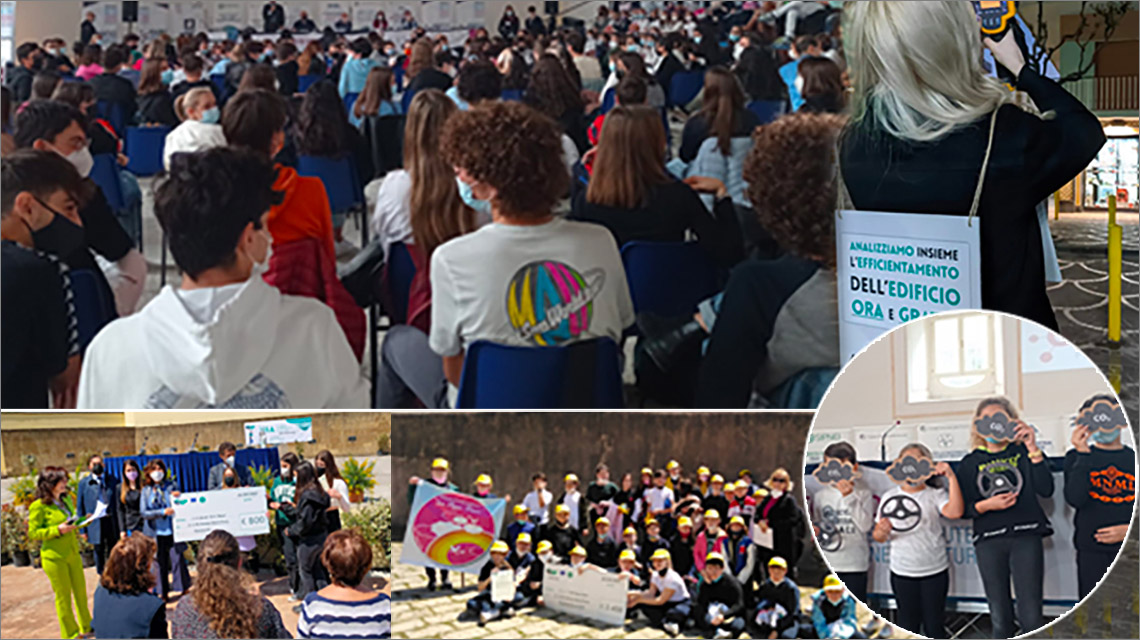Italian National Agency for New Technologies, Energy and Sustainable Economic Development

Environment: New urban air quality high-resolution monitoring
An archive of air quality data gathered by citizens during "community" monitoring and ultra-high resolution maps, with detailed spatial information up to street numbers. These are the main outcomes of the operational phase of the European Air Heritage project, which conducted air quality monitoring over the entire municipality of Portici (Naples) thanks to the engagement of citizens.
The outcome of a collaboration among ENEA (scientific coordinator), Municipality of Portici (leader) ARPAC, Legambiente Campania, "Federico II" University of Naples and TerrAria srl, Air Heritage obtained funds for approximately 4 million euro from the third European call for “Innovative Urban Actions” (UAI)[1] and was the only Italian proposal selected among 60 candidates, in addition to being later identified as best practice among the projects.
A decision support system was created to enable citizens to plan their mobility based on air quality forecasts, and local administrations to develop smart mobility policies based on scenarios built on meteorological data and emissions, collected via both ground-based and satellite monitoring.
“In addition to developing a fixed network for innovative low cost monitoring, ENEA made available a fleet of MONICA “smog-sniffing” sensors for mobile participatory monitoring.[2] ENEA developed the artificial intelligence components and the device management system equipped with graphical user interfaces for both networks", explained Saverio De Vito, researcher at the ENEA Photovoltaic and Sensor Applications Laboratory and scientific coordinator of the project.
A new machine learning algorithm was developed for the continuous calibration of the sensors, which allows to correct the phase shifts due to environmental changes and their obsolescence, extended to cover the entire lifetime of sensors and eliminating associated logistics costs.
During the final events of the three-year project, the associations and schools which distinguished themselves in participatory monitoring activities, guaranteeing a continuous flow of data, were awarded.
In compliance with EU FAIR policies[3] all data collected, as well as forecasts and real time measures, are available to citizens, who can freely download and reprocess them following the indications provided during a series of webinars.
The technical outcomes were recently presented at the conferences ASIC 2022 (Air Sensors International Conference, Pasadena, California), EGU 2022 (European Geophysical Union, Vienna, Austria) and ISOEN 2022 (International Symposium on Olfaction and Electronic Nose, Aveiro, Portugal), raising the interest of the scientific community dealing with sensor applications.
